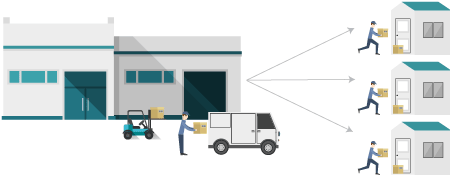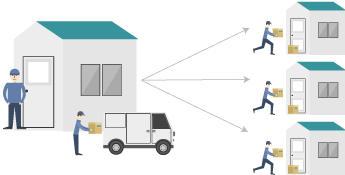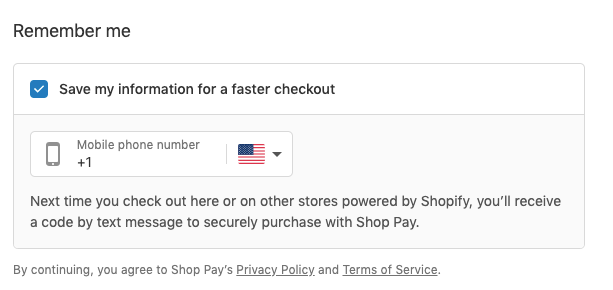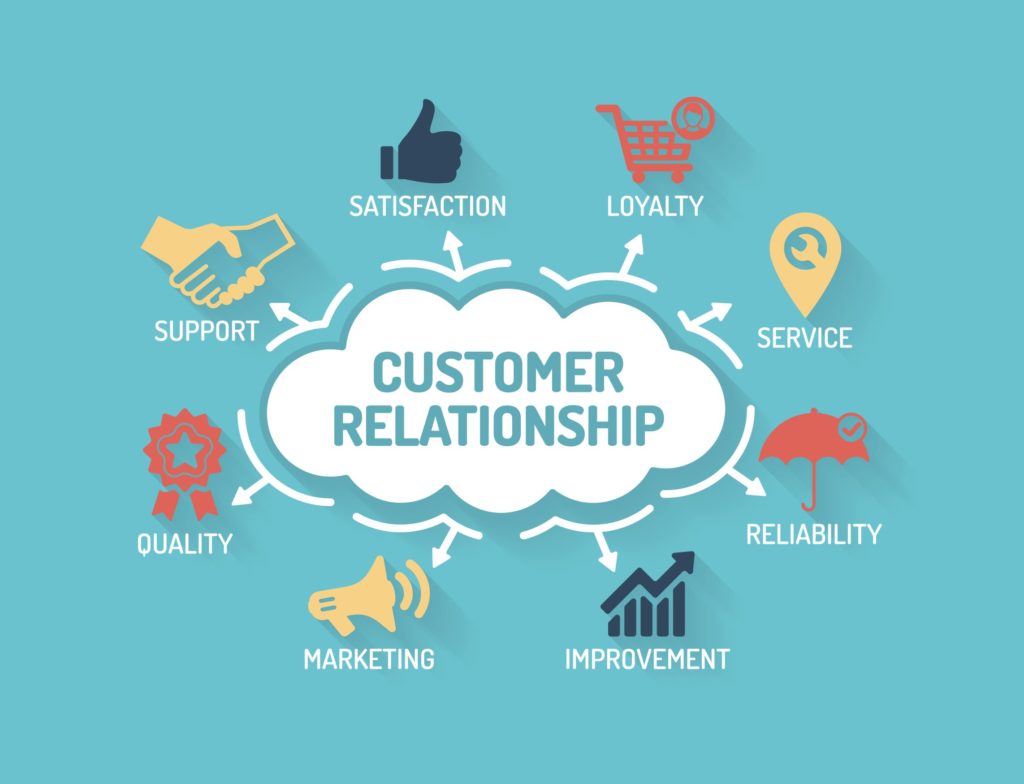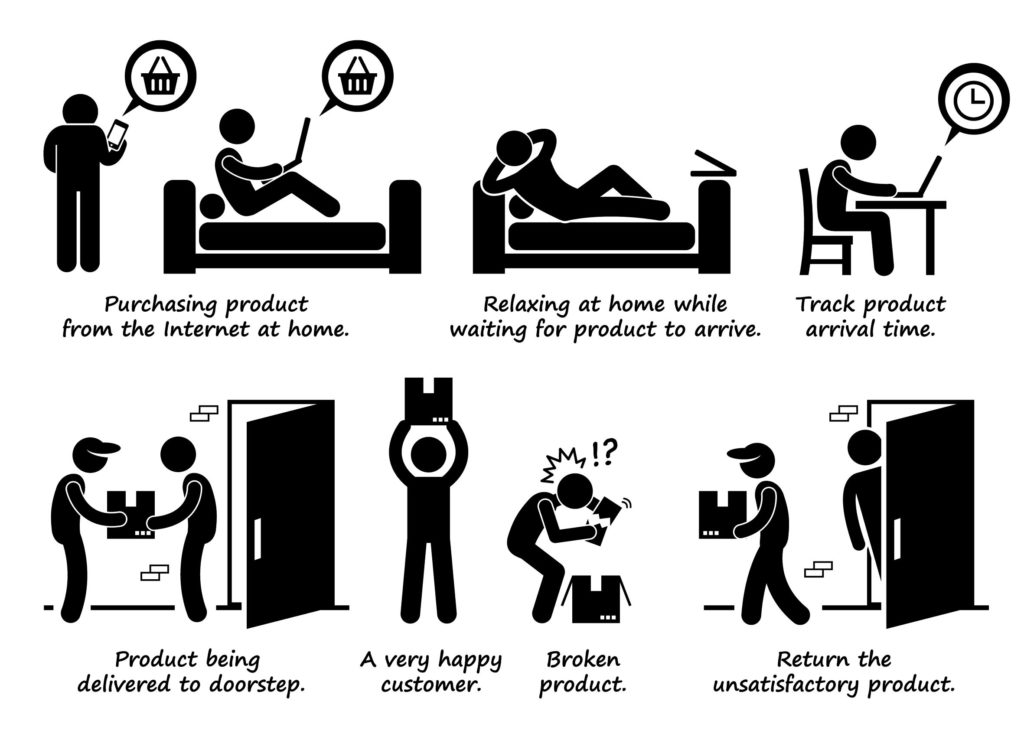
There’s no doubt about it: e-commerce is a sector that continues to grow and is expected to undergo dramatic changes in the coming years. According to figures reported by EMarketer, the industry saw a huge jump of 25.7 percent in 2020, driven by the changes imposed by the COVID-19 pandemic to the overall shopping habits of consumers. Even as the world slowly starts to open up, however, the sector is still forecasted to continue its rapid growth, with a further climb of 16.8 percent in 2021.
Just like any growing sector, of course, e-commerce is rapidly evolving—and marketers are expected to stay in step with these changes in order to ride the wave. But before we get lost in all the buzzwords and recent trends, it helps if one can educate and familiarize with the basics first, in this case, the core business models that make up the complicated ecosystem of e-commerce. If you want a deep dive on the basics, then you’ve stumbled on the right story. Here, we will walk you through everything you need to know about e-commerce, from defining your business to how you can win it.
Define the Type of Business
B2B (Business-to-Business)
B2B is the perfect business type for you if you want to sell goods or services to other businesses. They could be raw materials, finished products, services, or consultations. Some examples are GPS tracking devices for truck fleet management, software for project management, car parts for manufacturing companies, and so on. If you want to sell to other companies and don’t want to deal with consumers, B2B is for you.
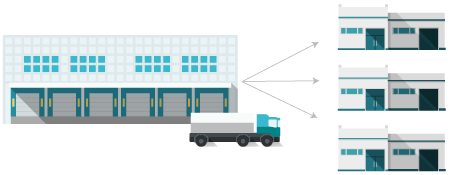
B2C (Business-to-Consumer)
Next is B2C. This is all about selling to end consumers. They’re the people who end up using the finished product or service. The simplest way to explain this is by picturing people buying products from a store. Once they get their products, they use them for themselves. They don’t think about changing the product and selling it to other people. Now, if they’re the kind of customers you want to interact with, then B2C is for you.
C2C (Consumer-to-Consumer)
This is for consumers who sell their own used or handmade products to other consumers. If you’ve been on Etsy (where people post their items for sale), then you’re familiar with this type of business. There’s usually a web-service mediator between the two consumers that would allow them to perform the transactions.
C2B (Consumer-to-Business)
The fourth type of business is C2B (the opposite of B2C). Consumer-to-business means individuals provide their own products or services to companies. An example of this is Shutterstock. Companies rely on websites like Shutterstock to get their user photos. Another example is Upwork where freelancers provide a wide range of services to various businesses.
Choose Your Business Model
Dropshipping
Dropshipping is a fulfillment retail model that does not involve the seller keeping stocks of the items it is selling. The way it works is that a store purchases the item it sells from a third party who then directly ships it to a customer who orders from the store. That means that every time a customer orders, the seller automatically passes the order to their dropshipping supplier t who will then take care of the delivery fulfillment. This process provides two major benefits. First, a seller does not have to bear the pressure of product inventory and management, and second, that they won’t be responsible for product packaging and shipment. They’ll only be responsible for displaying products to customers.

Dropshipping is an ideal model for those who are just starting out in e-commerce because of its accessibility. Not having to deal with logistics mean that the complexities of that are taken from your shoulders and you can solely focus on the marketing aspect of your products. It also offers good flexibility when it comes to testing different business ideas because you don’t have to worry about manufacturing, warehousing, and logistics. You are also spared from investing thousands of dollars just on inventory alone because production is taken care of by a third party.
On the other hand, the downside of this business model is that the success of your business is highly dependent on the wholesaler you’ve partnered with because they have full control over the quality of production and shipping of your products. As such, it is important that you be extra discerning when choosing which party to partner with when trying this model.
Wholesale and Warehousing

The wholesale and warehousing model requires a lot of investment in the initial stage. It’s because you need to pay for inventory, inventory management, shipping, and logistics. Unlike drop shipping, this model requires an investment in warehousing space and human resources management. This e-commerce business set-up is more commonly used by those following a B2B market model instead of a B2C one.
Private Label and Manufacturing
Suppose you have a unique idea for a product but don’t have enough funds to build your own factory and brand. In that case, you can find a manufacturer to produce the product for you. This is an excellent model if you truly have a unique product that you could sell to millions of people. The challenge is validating your idea to your potential manufacturer because there’s a lot of financial investment involved. Therefore, you have to prove that it’s worth it to produce your product.
One question that you often have to answer when following this model is to decide whether you want to work with a domestic or overseas manufacturer. Labor costs are cheaper in countries like China, India, or Taiwan. However, you might encounter problems such as distance, language, and cultural differences. Not to mention that manufacturing a product from inception can take a long time because you have to deal with prototyping, sampling, refining, and production.

Once you complete that process, you can now sell your products to customers online. Regarding shipping, you can coordinate with your manufacturer. Negotiate whether it’s going to be you or them who will be handling the shipping services. Another alternative is hiring a third party to do the shipping for you.
White Label
If you don’t have a unique idea for a product, you can try the white label model. White-label products refer to generic products that are sold to multiple retailers. After the contract is completed, you only need to add the product’s own trademark and packaging to start selling them.

But note that most manufacturers have restrictions on the minimum order quantity. Because of the unpredictability of market demand, slow-moving inventory will be one of the risks you have to anticipate.
Subscription E-commerce
With this model, you regularly send goods to customers and charge them based on the agreed-upon subscription. It can be weekly, monthly, yearly, and so on. The financial advantage of this model is that you can have a better grasp of your cash flow. Marketing-wise, it is also easier to encourage customers to purchase more of what you are selling.
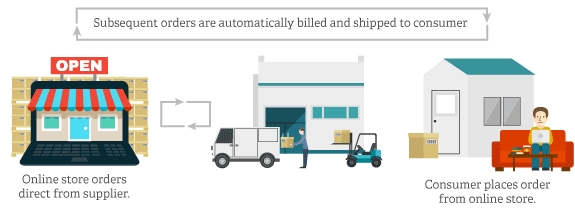 An example of this subscription model is Trifecta Nutrition. They offer meal plans that include vegan, paleo, keto, and more. Customers can choose their meal plans and even customize them to suit their dietary needs. Then they have to pick a subscription plan, whether it’s weekly, biweekly, or monthly. This model is effective because people consume food on a regular basis. Meaning, as long as the meal plans are helping the customers eat better and save time, they’ll continue their subscription.
An example of this subscription model is Trifecta Nutrition. They offer meal plans that include vegan, paleo, keto, and more. Customers can choose their meal plans and even customize them to suit their dietary needs. Then they have to pick a subscription plan, whether it’s weekly, biweekly, or monthly. This model is effective because people consume food on a regular basis. Meaning, as long as the meal plans are helping the customers eat better and save time, they’ll continue their subscription.
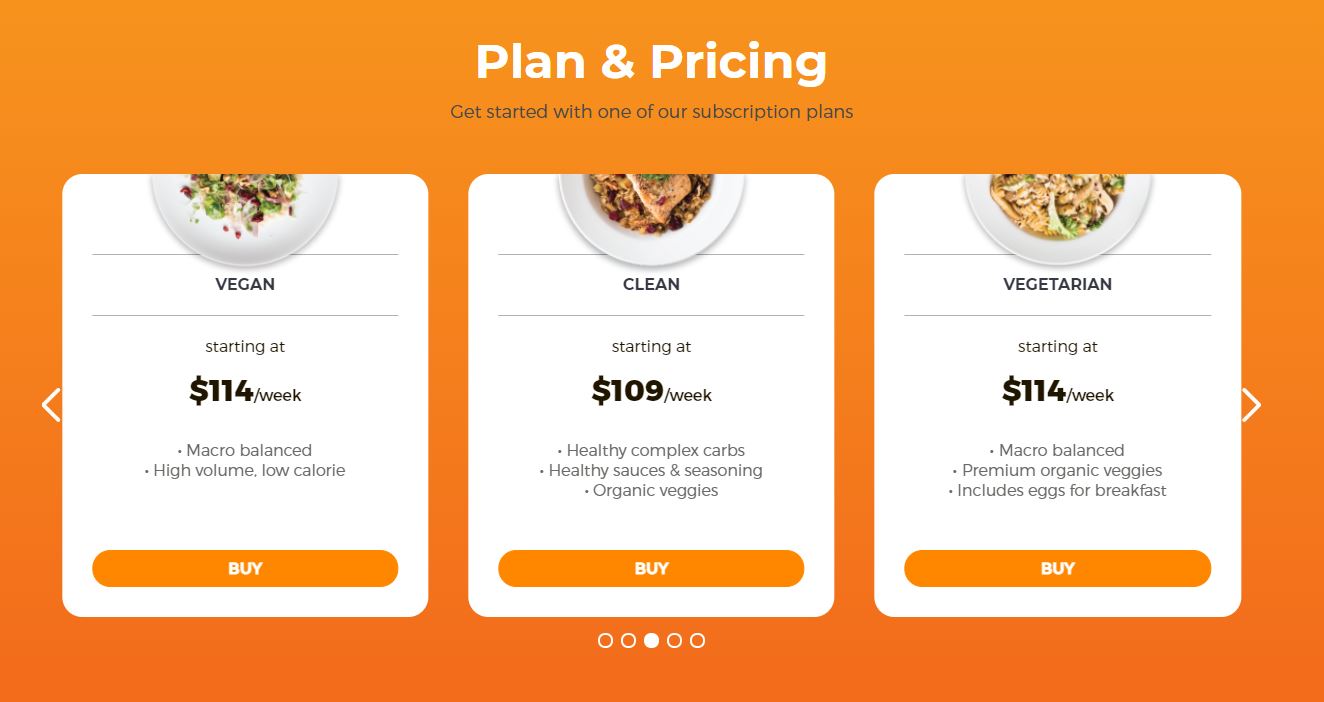
The challenge of this model lies in the selection of products and competition in niche markets. This is because the subscription-based industries are mostly health and beauty, beauty, fashion, and food—all prolific but overly saturated niches that might be hard to break into.
Different e-commerce models suit different niches, target market profile, budget, and even your personality as an entrepreneur. Which of these ones would you be willing to try if given the chance?
Determine the type of goods
Single Product Model
This model only focuses on one product. The advantage of that is it has your undivided attention so if you’re able to offer a great product to a wide range of customers, you’re likely to sell a lot. What makes up a great product is having high demand and low competition—in short, something that is unique and wanted by the market.
The downside is that if your product flops, you won’t have other items that would lessen the blow of your loss. Therefore, you need to do your market research first.
Single Category
If you want to specialize in a particular category of products, then the single category model is your best choice. By providing a small selection of products, you can quickly build credibility and reputation in a niche market. If you’re just starting out, however, it’s best to be ultra-specific about your area of focus. From here, you can extend your products bit by bit, as the sales keep increasing.
For example, Crocs initially started selling boating shoes before they gradually expanded to include casual flip flops, shirts, backpacks, and other merchandise categories.
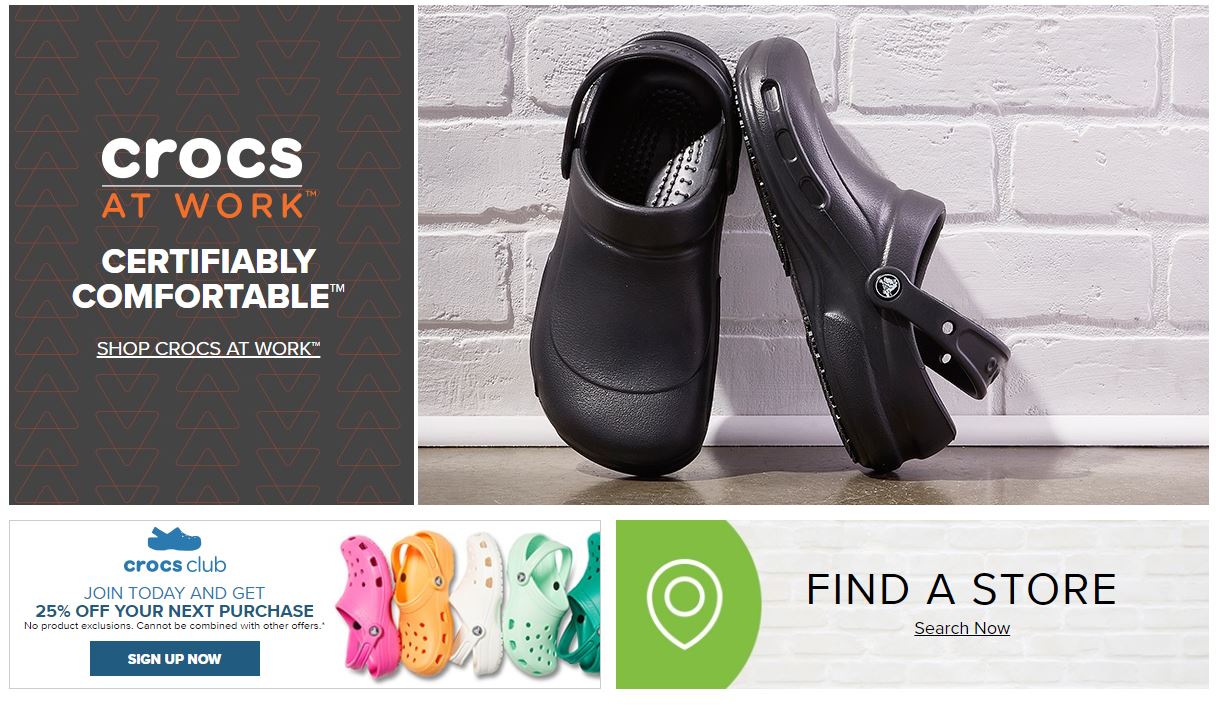
Multiple Category
The multiple category model is more suitable for brands that have succeeded in a single category model and are ready to expand their product lines.
The challenges in this product model are product procurement, inventory management, and logistics. Imagine you have 10 products from different suppliers, and their business models are different. Keeping track of your products can be difficult, let alone communicating effectively with your suppliers. But if you can manage it properly, the multiple category model will help you entice your customers to your new products. Over time, the expansion of your e-commerce business will also be easier.
Seeing this, you may already know which type of e-commerce you want to operate. Regardless of whether you sell through your own website or third-party platforms, you must include the following key points to increase sales:
Key to Success 1: Understand Your Target Market, Product Development, and Competitors
Know Your Target Market
In-depth analysis and understanding of your target market is the unbeaten rule for success in any business.
Consumers of different generations will use different ways to absorb information. Therefore, you have to design your e-commerce business in a way that accurately meets the needs and habits of your target market. This is a crucial key to digital sales.
Consider your products and the consumer groups that you expect to attract. Study their consumption habits in depth. Then, based on your research, create the best strategies you can apply online. Of course, you also need to test and adapt accordingly as you get more data.
Understand Product Development
Wherever you’re selling, you must conduct an in-depth investigation of the local market.
Suppose you want to sell in the US market. You can browse Amazon America or eBay to know which products are selling well. Start with products that are similar to yours. You can look at the price, ratings, reviews, shipping, etc. Based on all of that, you can get an idea of whether your products have sales potential or not.
You must also understand the different market levels: high-priced, medium-priced, and low-priced. Effective use of this information will help you create more unique brands and products that will satisfy your target customers’ needs.
Know Your Competitors
Using online search tools such as Google, SpyFu, and Ahrefs, you can analyze your products’ potential competitors. Going a step further, you can use “Google Search Trends” and “Google Keyword Planner” to analyze your e-commerce products. Searching for trends allows you to see whether your product’s popularity in the market is in an upward or downward trend.
Key to Success 2: Provide Excellent Customer Service
Keep online shopping simple and fast
Keep it simple. Allow your customers to quickly browse through your products. Why? Because having a long and complicated purchase process will discourage them from buying. You have to make it as easy as possible for them to say “yes.”
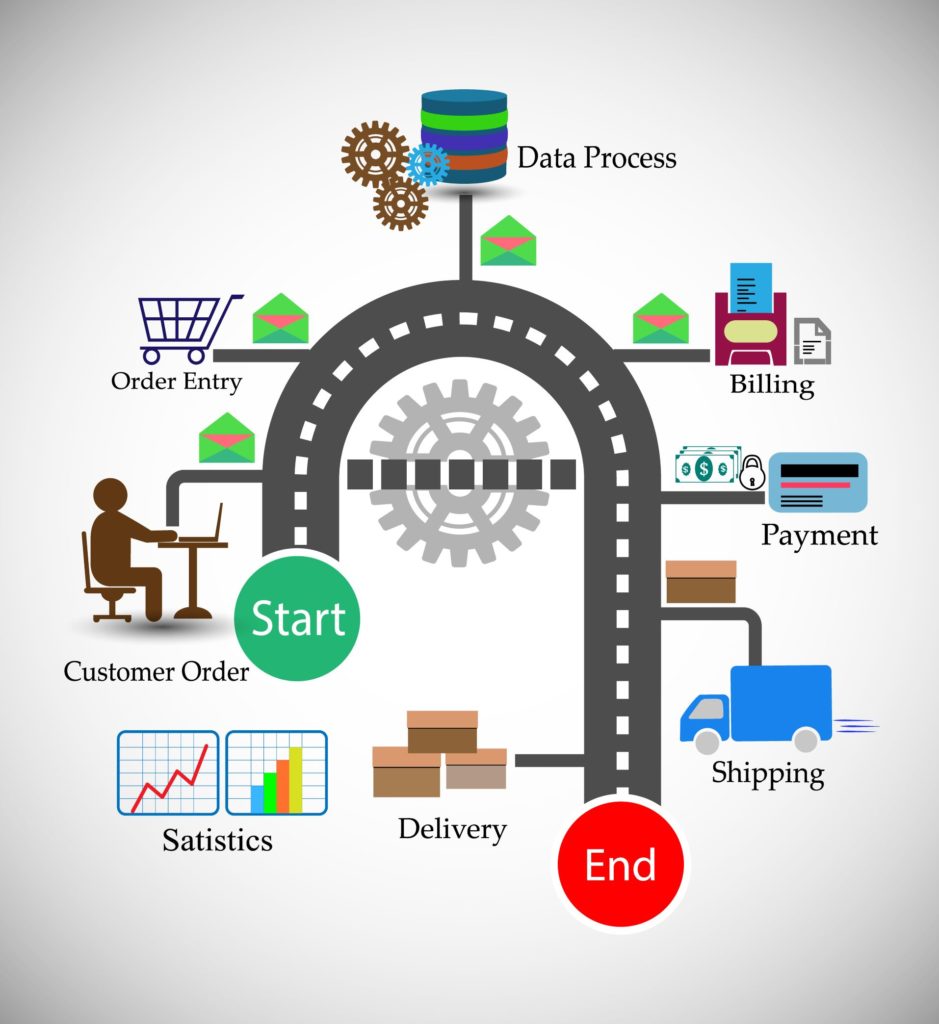
Another thing you should consider is a web feature that allows customers to save their personal payment information. This simplifies their future shopping experience by just pressing a button.
Provide great customer experience
Creating a great customer experience is essential to growing your e-commerce business.
When customers shop online, they need to have a sense of security before buying. You can give them this guarantee by telling them they can return it and get their money back if it doesn’t meet their expectations.
Whenever they return your products, make sure that you ask them why. Ask for their feedback. This will help you in the optimization of your product, customer service, and your overall business model. Do this so you can improve and have fewer product returns.
Provide opportunities for consumers to leave reviews
One of the benefits of online shopping for consumers is that they can read other people’s reviews.
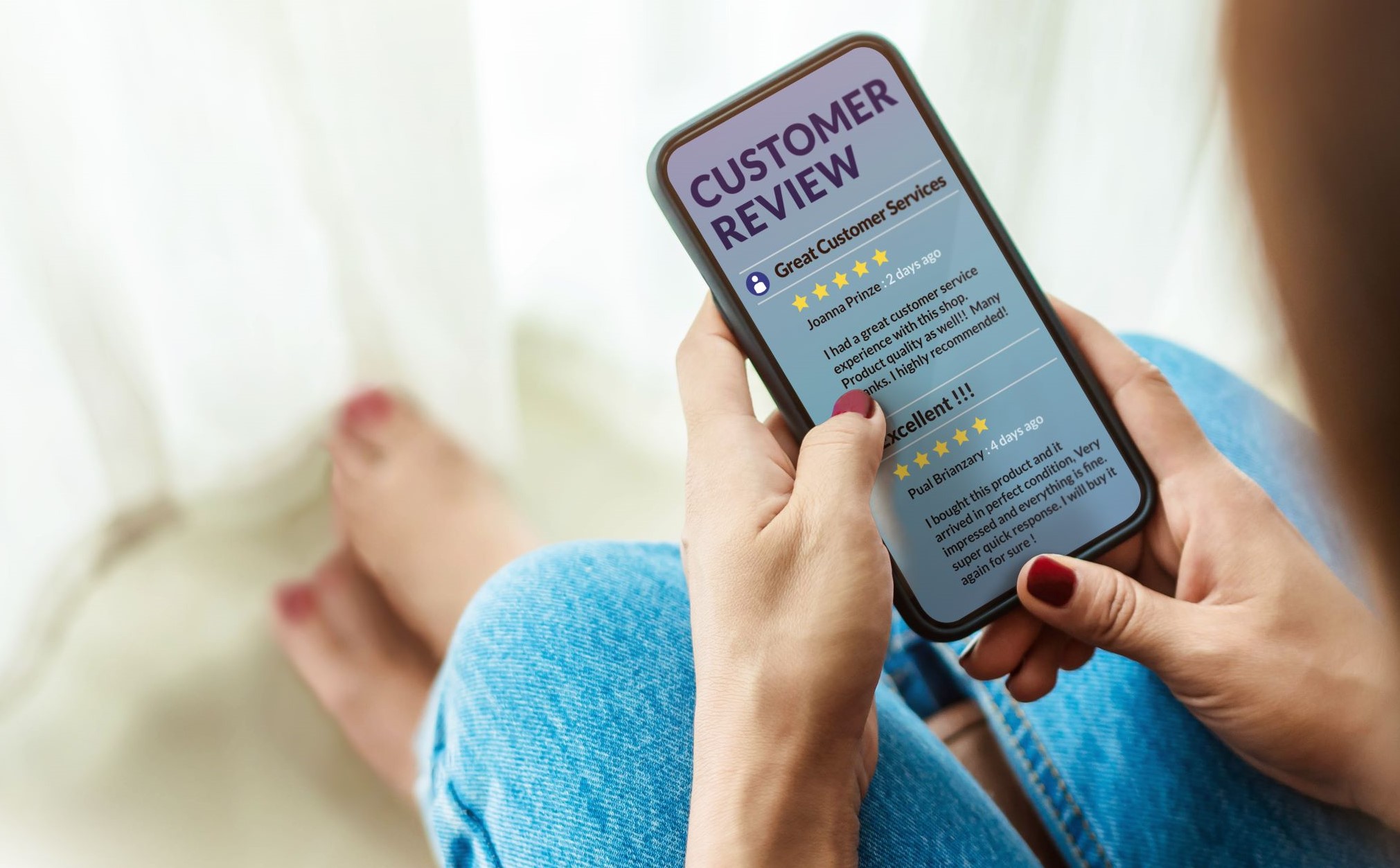 Giving consumers space to comment on products is not only the key to building user experience but also a way to increase purchase motivation.
Giving consumers space to comment on products is not only the key to building user experience but also a way to increase purchase motivation.
Keep in touch with buyers
As mentioned above, good reviews motivate consumers to buy. Therefore, after they make their purchases, keep in touch with them as much as possible. Ask for their suggestions or feedback on your products. This will let them know that you value their consumer experience.
Key to Success 3: Effective Brand Promotion
Use blogs and social media to promote
Introducing your brand using blogs and social media is one of the best ways to promote your products or services.
You need to write social media posts and blog posts from your consumers’ perspective. Think about all the questions they may have about your product then address each issue separately.

Invite influential people to help
Inviting influencers can play a huge promotional role in your sales. They are called “influencers” for a reason. They have a lot of followers, and people constantly watch what they’re promoting.
Once you have determined your target market, you can start looking for relevant influencers. They can be bloggers, YouTubers, celebrities, etc.
But how do you invite them?
One method you can use is to provide a free sample of the product before it’s released in public. This will help them assess your product. If it’s good and the product reviewer likes it, they’ll share their positive reviews with their followers.
Develop public relations
Attracting positive media attention is also an effective way to increase your online sales. The development and execution of well-performed public relations can expand your brand awareness. Through the media, you’ll be able to share your brand with a broader audience and drive traffic to your e-commerce business.
To put it simply, the key to a successful e-commerce business is understanding its nature, your target audience, and executing a solid strategy based on thorough marketing research.
Conclusion
In the past ten years, consumers’ shopping preferences and tendencies have undergone tremendous changes. For companies to continue generating more revenue, they need to know how to market and sell online.
With this article, you now have a clearer understanding of what e-commerce is. What kind of model you should use to run your e-commerce shopping website, and the 3 keys to successfully operating your e-commerce brand.
TransBiz’s passion is to help sellers scale their businesses online.
If you’re looking for a partner to guide you through your customer journey, especially in the digital marketing space, contact us by clicking here.

